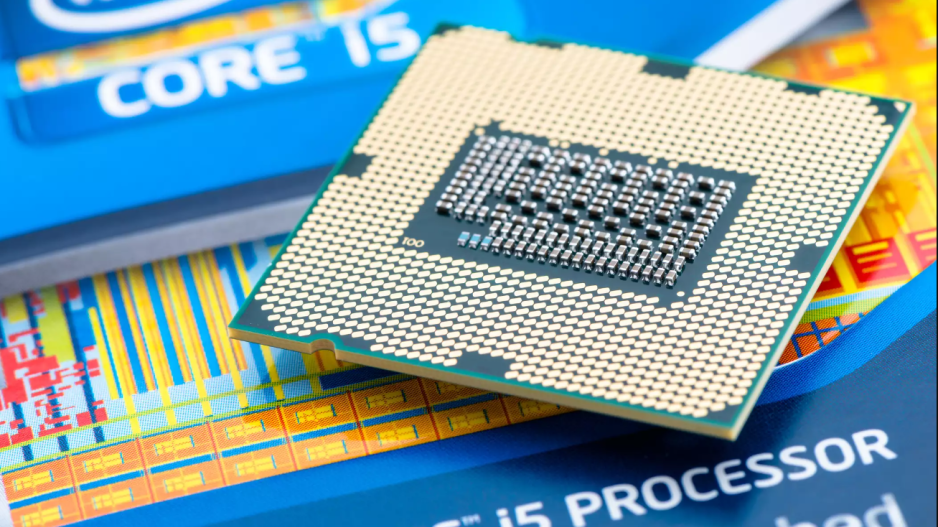Intel’s Ambitious $100 Billion Investment in U.S. Semiconductor Production
Supported by Federal Funding, Intel Expands Operations to Strengthen Domestic Chip Manufacturing
Intel plans to spend $100 billion in four U.S. states to build and expand semiconductor factories, following the Biden administration's announcement of $19.5 billion in grants and loans to boost domestic semiconductor production. Intel aims to secure an additional $25 billion in tax breaks.
The centerpiece of Intel's five-year spending plan is transforming vacant land near Columbus, Ohio, into what CEO Pat Gelsinger described to journalists as “the world's largest artificial intelligence chip-making site,” starting as early as 2027.
The U.S. government announced on Wednesday the federal funds allocated to Intel under the CHIPS Act, leading to a 4% increase in its pre-market trading shares.
Intel’s plan also includes upgrading facilities in New Mexico and Oregon and expanding activities in Arizona, where its long-time rival Taiwan Semiconductor Manufacturing Co (TSMC) is also building a massive factory, hoping to receive funding from President Biden's effort to bring advanced semiconductor manufacturing back to the U.S.
The funding provided by the Biden administration’s broader plan for a chip manufacturing renaissance will greatly assist Intel in mending its impaired business model.
For decades, Intel led the world in creating faster and smaller semiconductors, selling them at high prices and reinvesting the profits in more research and development to stay ahead of the competition.
However, Intel lost its manufacturing edge to TSMC in the 2010s, and its profit margins dwindled.
In 2021, Gelsinger announced a plan to return Intel to the No. 1 position but stated it would require government support to be profitable. With this support in hand, the time has come for Intel to spend.

Gelsinger stated that about 30% of the $100 billion plan would be spent on construction costs, such as labor, piping, and concrete. The rest will go towards purchasing chip-making tools from companies like ASML, Tokyo Electron, Applied Materials, and KLA, among others.
These tools will help operationalize the Ohio site by 2027 or 2028, although Gelsinger warned that the timeline could slip if the chip market declines. Beyond grants and loans, Intel plans to finance most purchases through its existing cash flows.
Gelsinger previously stated that a second round of U.S. funding for chip factories is likely needed to restore the United States as a semiconductor manufacturing leader.
“It took us more than three decades to lose this industry. It's not going to come back in three to five years of CHIPS Act funding,” said Gelsinger, referring to low-interest funding as “smart capital.”






